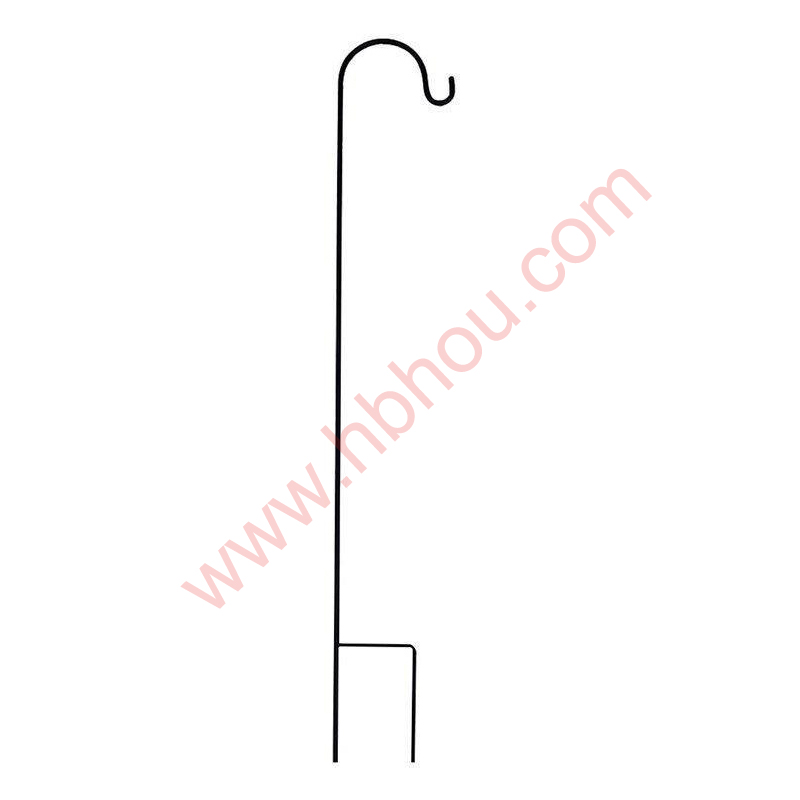Understanding Chain Link Fence T-Posts
Chain link fencing serves as a versatile solution for security, property boundaries, and even aesthetic enhancement in various settings. One of the essential components that contribute to the stability and durability of a chain link fence is the T-post. This article explores what T-posts are, their benefits, installation process, and maintenance tips.
What are T-Posts?
T-posts are a type of fencing post characterized by their distinct T shape, which provides strength and support for various types of fencing, including chain link. Made from galvanized steel, T-posts are designed to resist rust and corrosion, making them an excellent choice for outdoor use. Their shape and material make them sturdy and capable of withstanding wind, pressure, and physical impacts, which is crucial for maintaining the integrity of the fence.
Benefits of Using T-Posts
One of the primary advantages of T-posts is their affordability. Compared to other post types, such as wooden or concrete posts, T-posts are relatively cost-effective, which is especially beneficial for large fencing projects. Their lightweight nature makes them easier to transport and install, saving time and labor costs.
Additionally, T-posts offer a high level of flexibility. They can be used in various applications, from residential backyards to commercial properties and agricultural settings. The ability to adapt to different environments makes T-posts a popular choice among both DIY enthusiasts and professional contractors.
Another significant benefit is the ease of installation. T-posts can be driven into the ground with minimal tools, allowing for quick setup. They are available in various heights, making it possible to choose the appropriate size for specific fencing needs.
Installing T-Posts
Installing T-posts for a chain link fence requires careful planning and execution
. Here are some basic steps to followchain link fence t post

1. Planning the Layout Determine the location and design of the fence. Mark the positions where the T-posts will be installed, ensuring they are evenly spaced – typically between 6 to 10 feet apart, depending on the specific requirements of the chain link fence.
2. Gathering Materials Apart from T-posts, gather other necessary materials such as chain link fabric, tension wire, connectors, and appropriate tools like a post driver or a hammer.
3. Setting the Posts Use a post driver or a sledgehammer to drive the T-posts into the ground. Ensure the posts are straight and at the correct depth, usually around 24 inches for stability.
4. Attaching the Chain Link Fabric Once the T-posts are in place, attach the chain link fabric using tension bands and wire ties, securing it tightly to ensure it remains taut.
5. Finishing Touches Add a tension wire at the top or bottom of the fabric as needed for additional support. Finally, check for stability and make any necessary adjustments.
Maintenance of T-Posts
While T-posts are designed for durability, regular maintenance can help prolong their life. Inspect the posts periodically for signs of rust or damage, especially in areas with wet conditions. Touching up any corrosion with protective paint can extend their lifespan. Additionally, check the tension of the chain link fabric and adjust as necessary to prevent sagging.
Conclusion
Chain link fence T-posts are an integral part of creating a secure and durable fence. Their affordability, ease of installation, and flexibility make them an appealing choice for various fencing projects. With proper installation and maintenance, T-posts can provide reliable support for many years, enhancing safety and delineating spaces effectively. Whether for residential or commercial purposes, understanding and utilizing T-posts can lead to successful fencing solutions.















